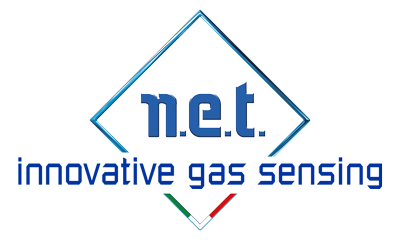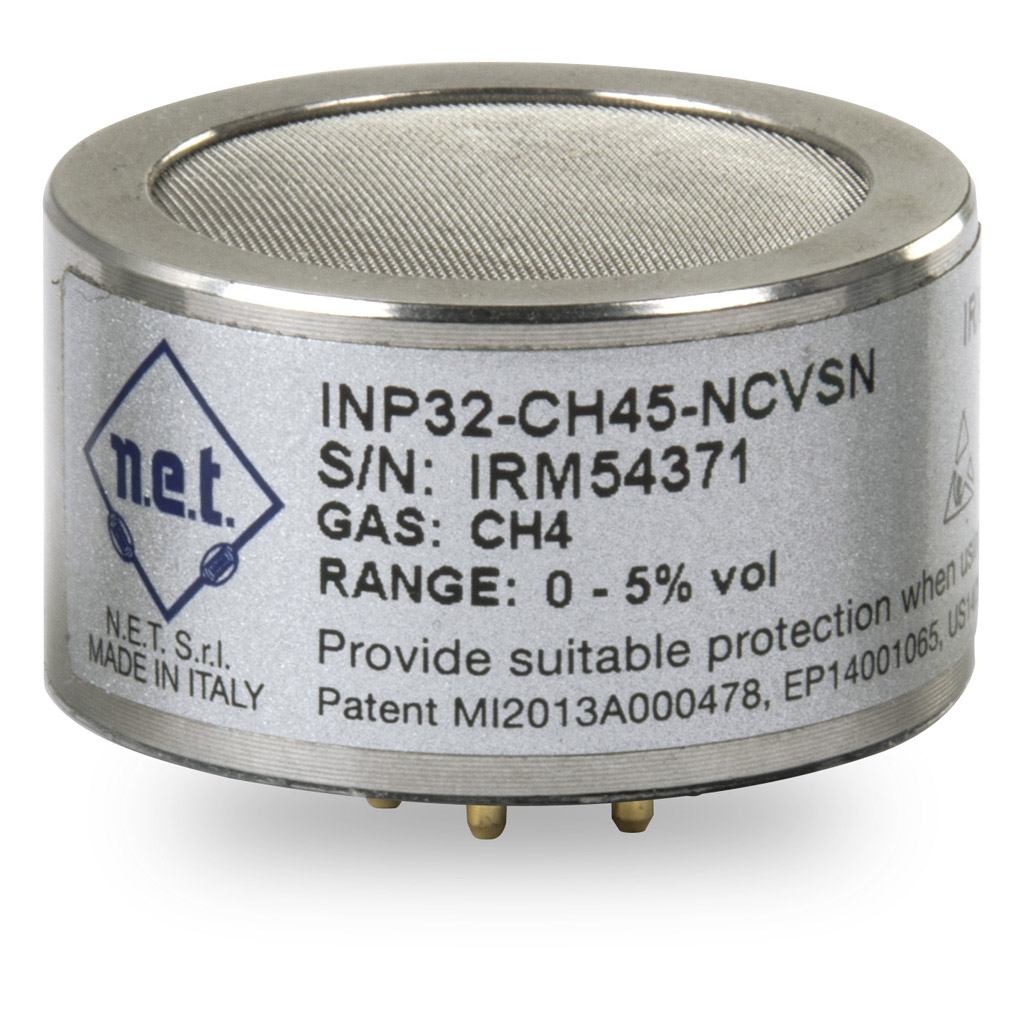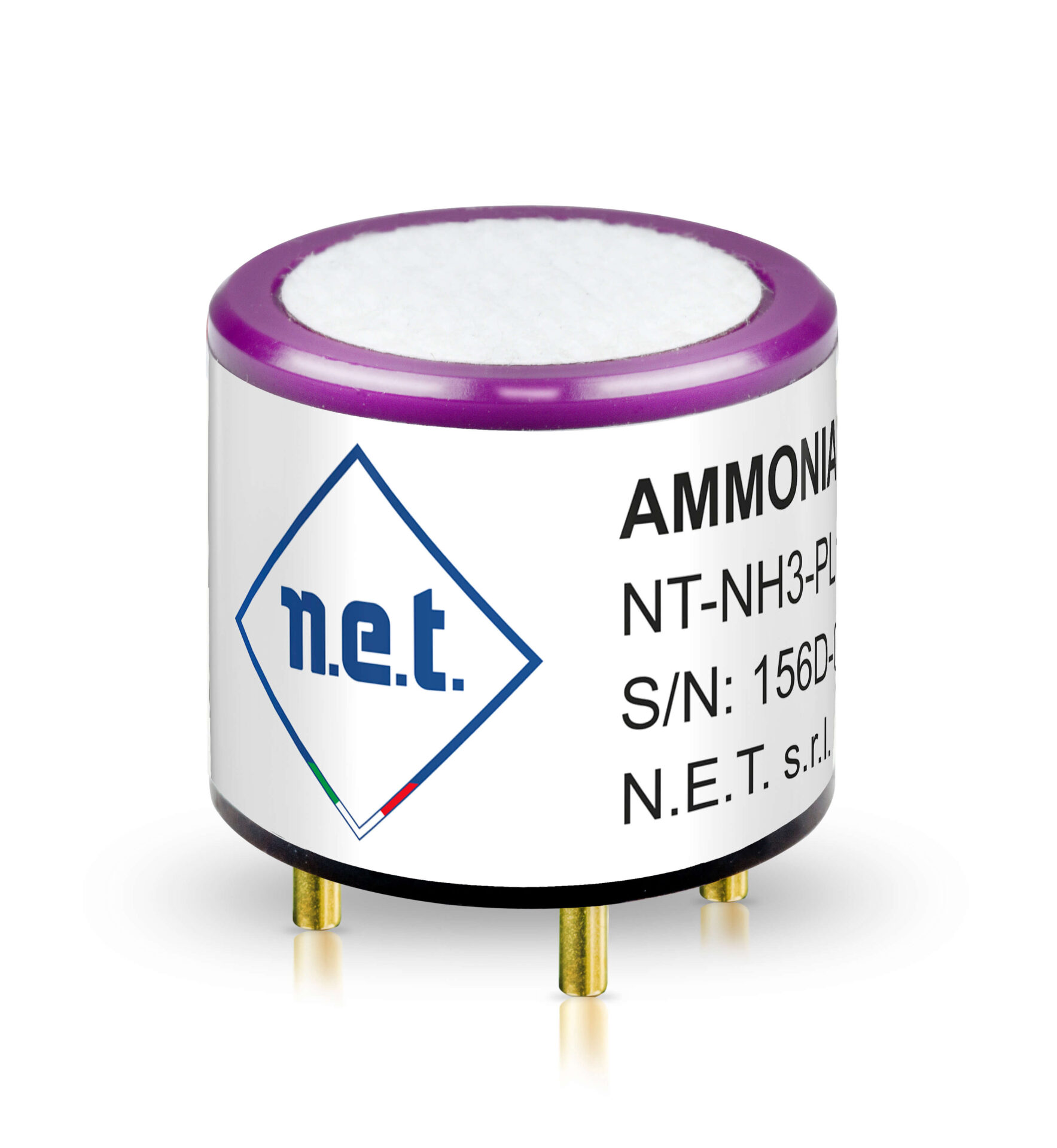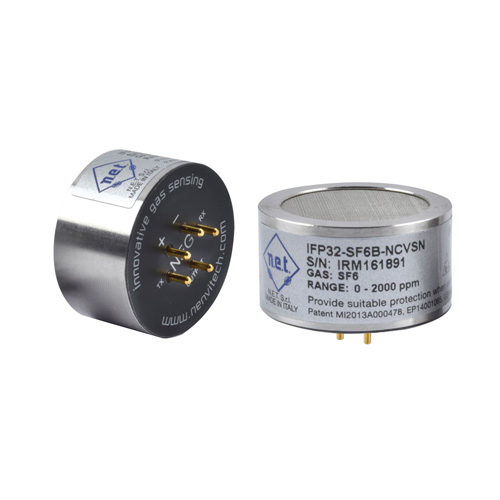
NET offers the most complete range of solution for gas leak detection for the Refrigeration Industry

HIGHLIGHTS
- Carbon Dioxide (CO2) displaces oxygen, causing asphyxiation and affects respiratory capacity
- Ammonia (NH3) is flammable and can also be lethal at high concentrations. Its use is subject to EN 378:2008 (see below)
- Hydrocarbons (HC) such as butane and propane are flammable, and its use is subject to EN 378:2008 (see below)
- Fluorinated gases, often referred to as “F Gas” (CFCs, HCFCs, HFCs, HFOs), displace oxygen causing asphyxiation other than having serious environmental impact. CFCs have, in fact, been phased out and they’re not commercially available nowadays even though older plants may still have them in their system.
- The new class of lower Global Warming Potential HFO refrigerants, often referred to as “A2L” (per their ISO 817-2014 classification, in many cases possess some level of flammability.
Our IREF sensors, based on N.E.T. patented NDIR gas technology, brings you the most extensive range of detectable refrigerant gases:
- R-1233zd
- R-1234yf
- R-1234ze
- R-125
- R-134a
- R-143a
- R-22
- R-227ea
- R-290
- R-32
- R-404a
- R-407a
- R-407c
- R-407f
- R-417a
- R-422a
- R-422d
- R-424a
- R-427a
- R-434a
- R-438a
- R-448a
- R-449a
- R-452a
- R-452b
- R-454a
- R-454b
- R-455a
- R-507
- R-513a
- R-600
- R-744
- R-453a
- R-442a
- R-450a
Refrigerant gas leak detection is becoming increasingly important in the industrial and commercial refrigeration business. Concerns for financial aspects, personnel health and safety, climate and environment are having contractors and facility managers searching more than ever for dependable gas detection systems.
Leaking refrigeration systems not only determine losses on increasingly expensive gases that will have to be reintegrated, but pose serious risks for the personnel involved (as most refrigerants are toxic, explosive or may cause oxygen depletion) and the environment (due to their global warming and ozone depletion potential). Leakages may also result in damaged stored goods and fines related to existing laws and regulation.
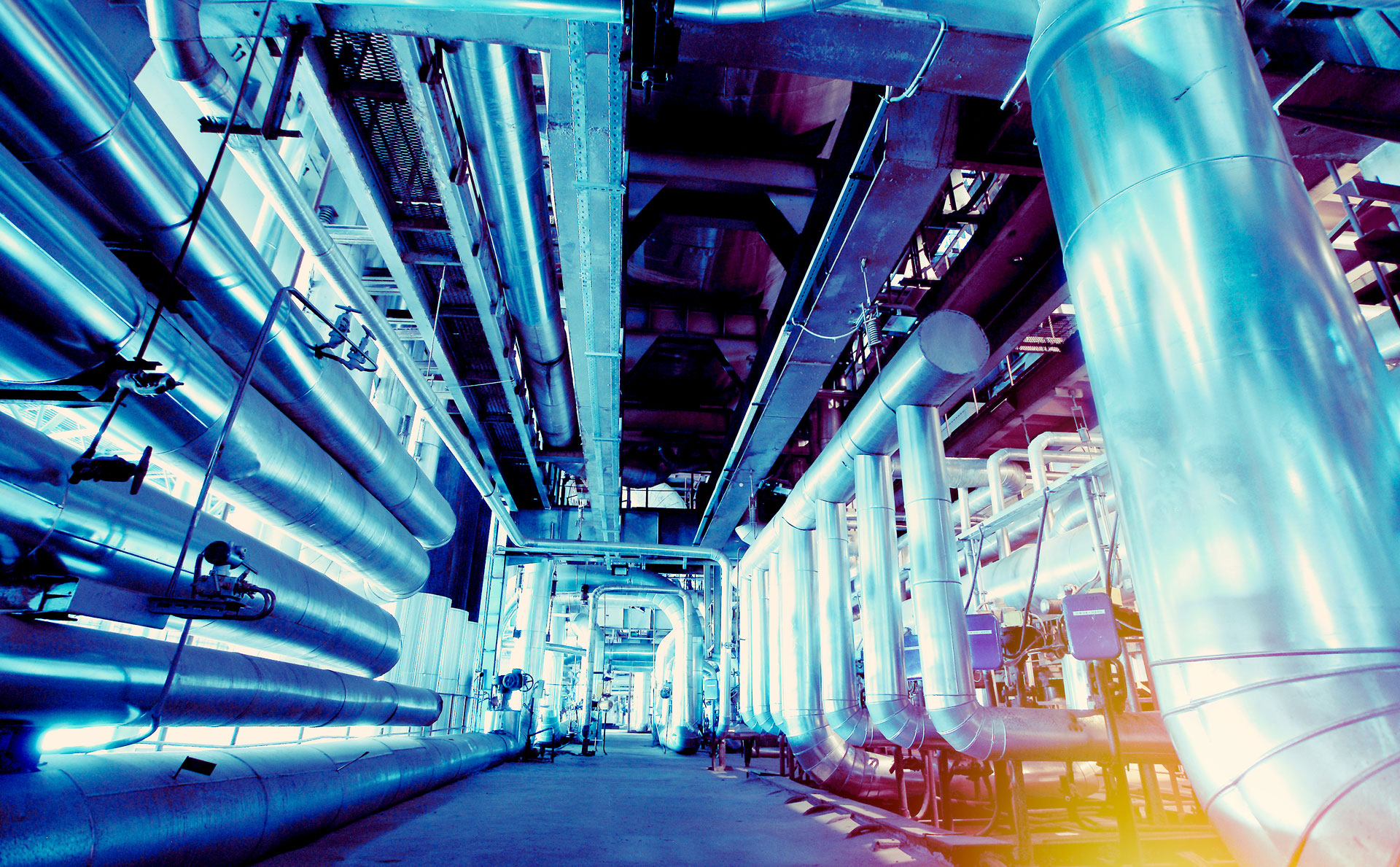
Growing concern about climate change has been mounting pressure to reduce the use of high-GWP refrigerants across many applications and industries for years. In response, all 197 member countries agreed in 2016 to amend the Montreal Protocol to phase down hydrofluorocarbons (HFCs). On Oct. 16, 2016, the Kigali Amendment to the Montreal Protocol was passed, paving the way for the global phasedown of HFCs with specific schedules and targets.
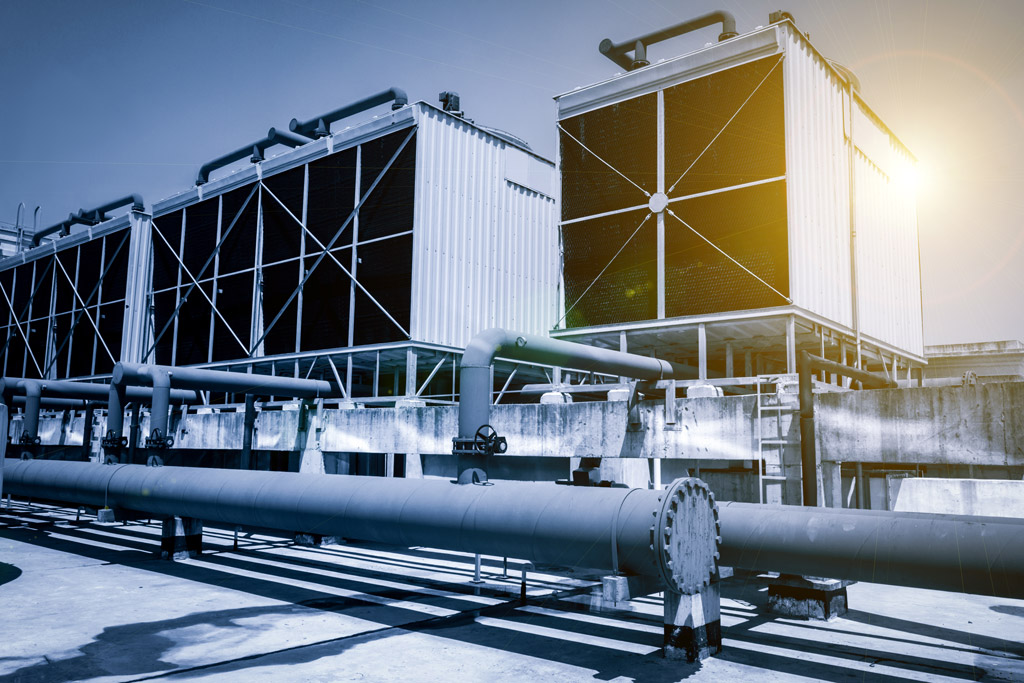
The European Union has introduced two harmonized regulations for the refrigeration industry, the F GAS Regulation EU 517/2014 and the European Standard for Refrigeration Industry EN 378:2016. The former, legally binding and more restrictive than the Kigali Amendment, is an environmental law aiming to reduce emissions of fluorinated greenhouse gases covered by the Kyoto Protocol (as HFCs, PFCs and SF6), making leaking detection mandatory for most systems. The latter outlines requirements for construction and refurbishment of refrigeration systems, explicitly mandating the presence of gas detection systems under given conditions.
For a complete outlook on the relevant refrigeration standards, please read our dedicated post.
N.E.T. has developed the most performing and dependable line of gas sensors on the market based on NDIR technology: the IREF. Check our dedicated post to read more about the many advantages.
